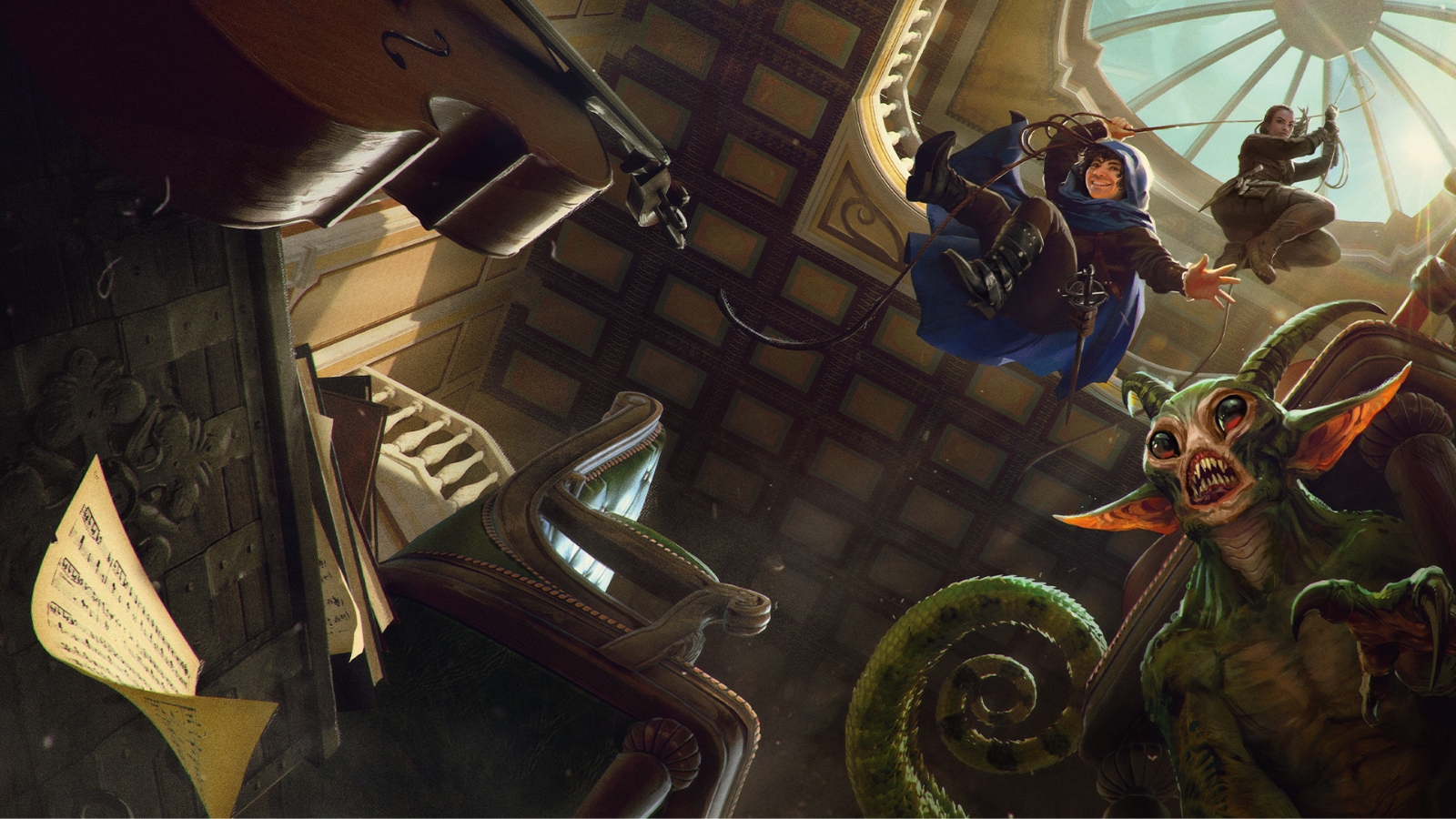A Beginner’s Guide to the World of ‘Dungeons & Dragons’

Dungeons & Dragons once boasted a reputation of being exclusively for basement-dwelling nerds, but its derogatory connotation has shifted significantly over the last decade. This fantasy tabletop roleplaying game is a mainstay of the genre, partially because it’s had so many editions released over its 50-year history. It’s also the most mainstream TTRPG on the market.
If you’ve never played Dungeons & Dragons, it may seem overwhelming or difficult. However, by working with fellow players and the Dungeon Master (DM), it’s possible to create an excellent, immersive, and easy-to-understand D&D campaign.
When did Dungeons & Dragons come out?
The fantasy tabletop roleplaying game Dungeons & Dragons was originally designed by Gary Gygax and Dave Arneson, who published the first edition through Tactical Studies Rules, Inc. (TSR) in 1974. Wizards of the Coast, now a subsidiary of Hasbro, acquired the rights to the game and began publishing it in 1997.
The most recent version of the game is the 5th edition (5e), which debuted in 2012. This version was developed through a public playtest, which was a first for the game. Wizards of the Coast is now working on D&D One, which is alleged to be the last major ruleset update for the D&D system.
What you need to know about Dungeons & Dragons
Wizards of the Coast calls Dungeons & Dragons “the World’s Greatest Roleplaying Game.” While this value judgment may be up to interpretation, it’s absolutely true that D&D basically propelled TTRPGs into people’s homes when it debuted in the ’70s. Thanks to the popularity of actual-play podcasts and streaming series like Critical Role, The Adventure Zone, and Dimension 20, as well as the wealth of third-party content available for 5e, the game has become a powerhouse in the last decade.
The basic concept of Dungeons & Dragons is that a DM leads a party of heroes on an adventure of some kind through collaborative storytelling. As the DM and players build the world together, the players create characters from the ground up and introduce them to each other in that world, thus birthing a fellowship.
Using character sheets listing their stats, personality traits, equipment, and more, players make decisions about what they want to do and how, and roll dice to determine the outcomes of their various exploits. The DM is typically the only person who knows everything about the world, and they get to resolve dice rolls at their discretion.
D&D can be played in several different ways, and it’s even possible for players to create single-session games if they don’t want to commit to something long-term. Alternatively, D&D campaigns may stretch for weeks, months, or even years. Stories told through D&D typically take place in a high fantasy setting, though DMs and players can always opt to create homebrewed content that takes place wherever they want.
In addition to D&D, which is a relatively rules-heavy system with a ton of elements to memorize, there are other TTRPG systems that may suit certain playstyles better. D&D can also be altered for accessibility and playability by adding or removing certain elements from the game.
(featured image: Wizards of the Coast)
Have a tip we should know? tips@themarysue.com